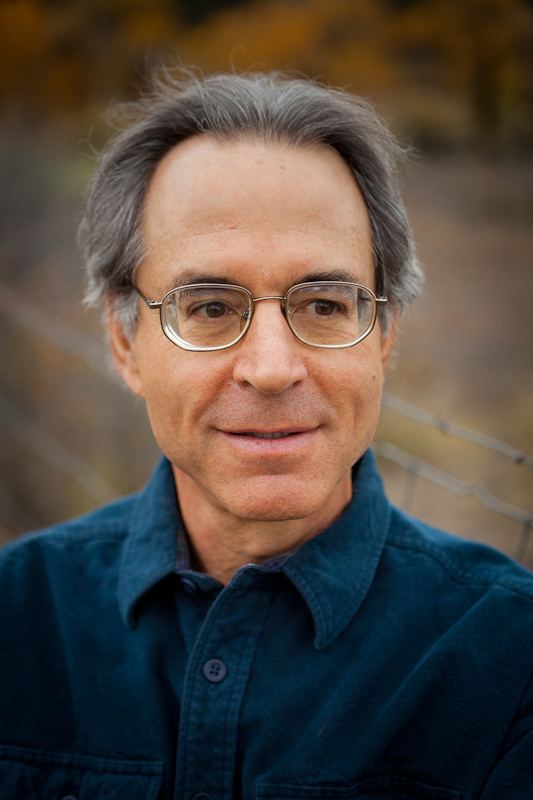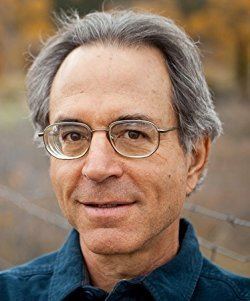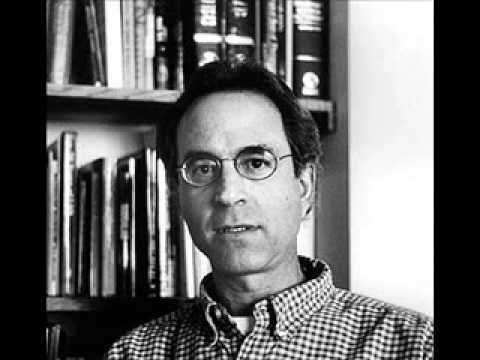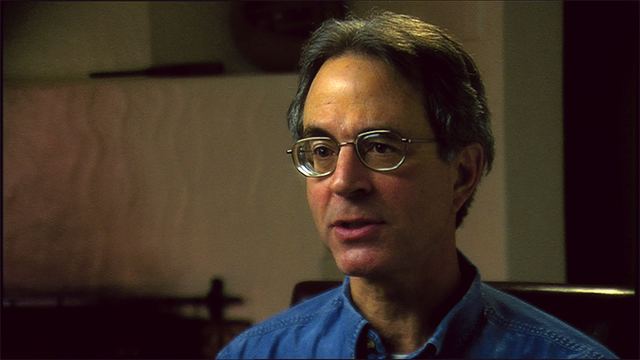Name Rick Strassman | Books DMT | |
 | ||
Born February 8, 1952 (age 73) Los Angeles, California ( 1952-02-08 ) Education | ||
Rick strassman m d old testament prophecy a western model of the psychedelic experience
Rick Strassman (born February 8, 1952 in Los Angeles, California) is a medical doctor specialized in psychiatry with a fellowship in clinical psychopharmacology research. He has held a fellowship in clinical psychopharmacology research at the University of California San Diego and was Professor of Psychiatry for eleven years at the University of New Mexico. After twenty years of intermission, Strassman was the first person in the United States to undertake human research with psychedelic, hallucinogenic, or entheogenic substances with his research on N,N-dimethyltryptamine. He is also the author of the well known book "DMT: The Spirit Molecule" which summarizes his academic research into DMT and includes his own reflections and conclusions based on this research.
Contents
- Rick strassman m d old testament prophecy a western model of the psychedelic experience
- Dmt a religious model with rick strassman m d
- Developmental biology research
- Melatonin research
- Psychedelic drug research
- Cottonwood Research Foundation
- References

Dmt a religious model with rick strassman m d
Developmental biology research

As an undergraduate at Stanford University, working in the developmental biology laboratory of Norman K. Wessells PhD, Strassman developed a new model for growing embryonic avian dorsal root ganglion neurons, suspended in a semi-solid agar matrix, thus allowing 3-dimensional assessment of growing patterns. Using this model, he discovered a non-random pattern of growth of the leading edge of these cells.
Melatonin research

Strassman’s interest in the human biology of altered states of consciousness led him to study the pineal gland hormone melatonin in the 1980s, at which time there were suggestive data regarding highly psychoactive effects of the hormone. This research took place at the University of New Mexico's School of Medicine in Albuquerque, New Mexico where he was then tenured Associate Professor of Psychiatry. He first developed a model of all-night suppression of melatonin by all-night bright light. He then established a successful exogenous melatonin infusion protocol that replicated endogenous melatonin levels in the bright-light conditions. All-night bright-light suppression of melatonin suppressed the normal trough of body temperature seen between 3-4 a.m., the time of maximum melatonin levels. Exogenous infusion of melatonin, replicating endogenous levels, in the bright light condition (in which endogenous melatonin was suppressed) reestablished the normal trough of core body temperature. Melatonin’s psychoactive effects were only sedating, however, leading him to focus on DMT in his future work.
Psychedelic drug research

Strassman's studies, taking place between 1990 and 1995 in the General Clinical Research Center of the University of New Mexico Hospital, aimed to investigate the effects of N,N-dimethyltryptamine (DMT), a powerful psychedelic drug, that is found in hundreds of plants and every mammal that has been studied. DMT is made primarily in mammalian lung tissue, and is related to human neurotransmitter serotonin and the pineal hormone melatonin.

Strassman refers to DMT as the "spirit molecule" because its effects include many features of religious experience, such as visions, voices, disembodied consciousness, powerful emotions, novel insights, and feelings of overwhelming significance. During the project's five years, he administered approximately 400 doses of DMT to nearly five dozen human volunteers. Strassman was the first to legally administer psychedelics to people in the United States in 20 years, and his research has widely been regarded as kicking off the "psychedelic renaissance", in which many psychedelic compounds have begun again to be scientifically studied since the early 70s.

Strassman characterized biological and psychological effects in his first set of dose-response studies, effects consistent with activation of central and/or peripheral serotonin receptors. His team published a companion article describing psychological effects and preliminary results of a new rating scale, the Hallucinogen Rating Scale, or HRS. The HRS has seen wide acceptance throughout the international research community as a sensitive and specific instrument for measuring psychological effects of a wide variety of psychoactive substances, with over 45 articles documenting its use as of mid-2015. A follow-up DMT study demonstrated lack of tolerance to the psychological effects of repeated closely spaced doses of DMT, making DMT unique among classical psychedelics.

More than half of Strassman’s volunteers reported profound encounters/interaction with non-human beings while in a dissociated state. Dr. Strassman has conjectured that when a person is approaching death or possibly when in a dream state, the body releases DMT in a relatively large amount, mediating some of the imagery reported by survivors of near-death experiences. However, there are no data correlating endogenous DMT activity to non-drug-related altered states of consciousness. He also has theorized that the pineal gland may form DMT under certain conditions, and in 2013 researchers first reported DMT in the pineal gland microdialysate of rodents.
He has detailed his research in his book DMT: The Spirit Molecule; and he co-produced a documentary film by the same name DMT: The Spirit Molecule, based on this book. Dr. Strassman has also conducted similar research using psilocybin, a psychedelic alkaloid found in hallucinogenic mushrooms. In unpublished studies, he administered doses of up to 1.1 mg/kg, nearly three times the doses considered "psychedelic" in contemporary clinical research with this compound. He also had permission to begin an LSD study, but he did not begin by the time he finished his DMT study.
Cottonwood Research Foundation
In 2007, Strassman, along with Steven A. Barker and Andrew C. Stone formed the Cottonwood Research Foundation to continue scientific research into the nature of consciousness.
